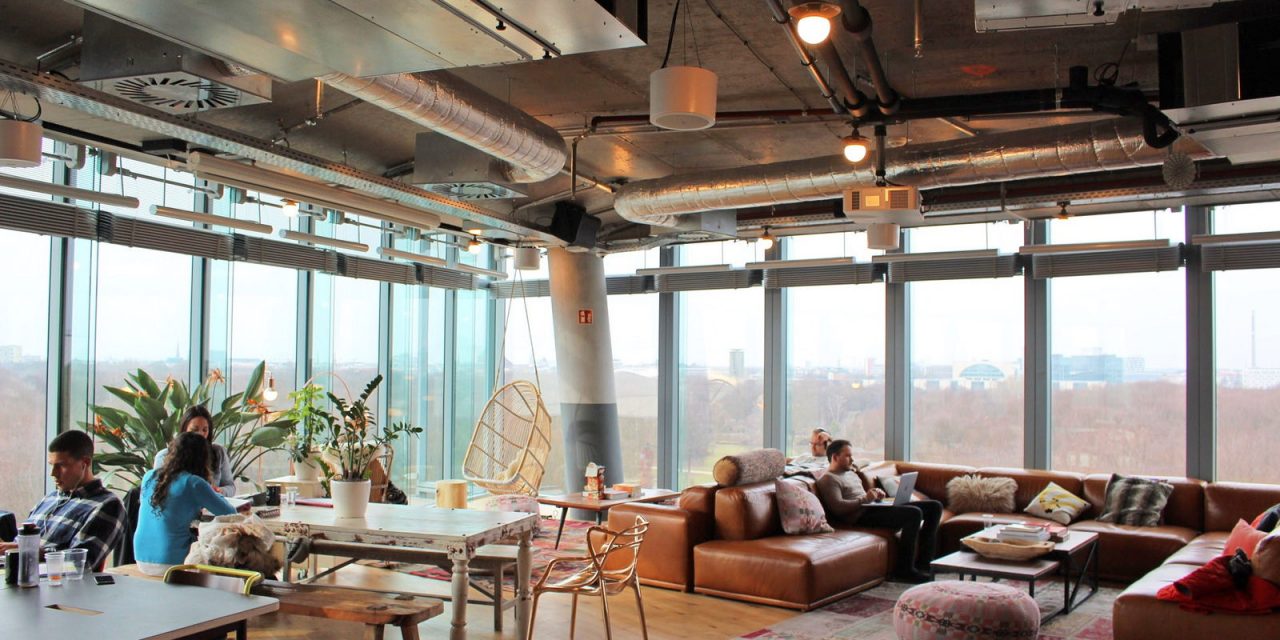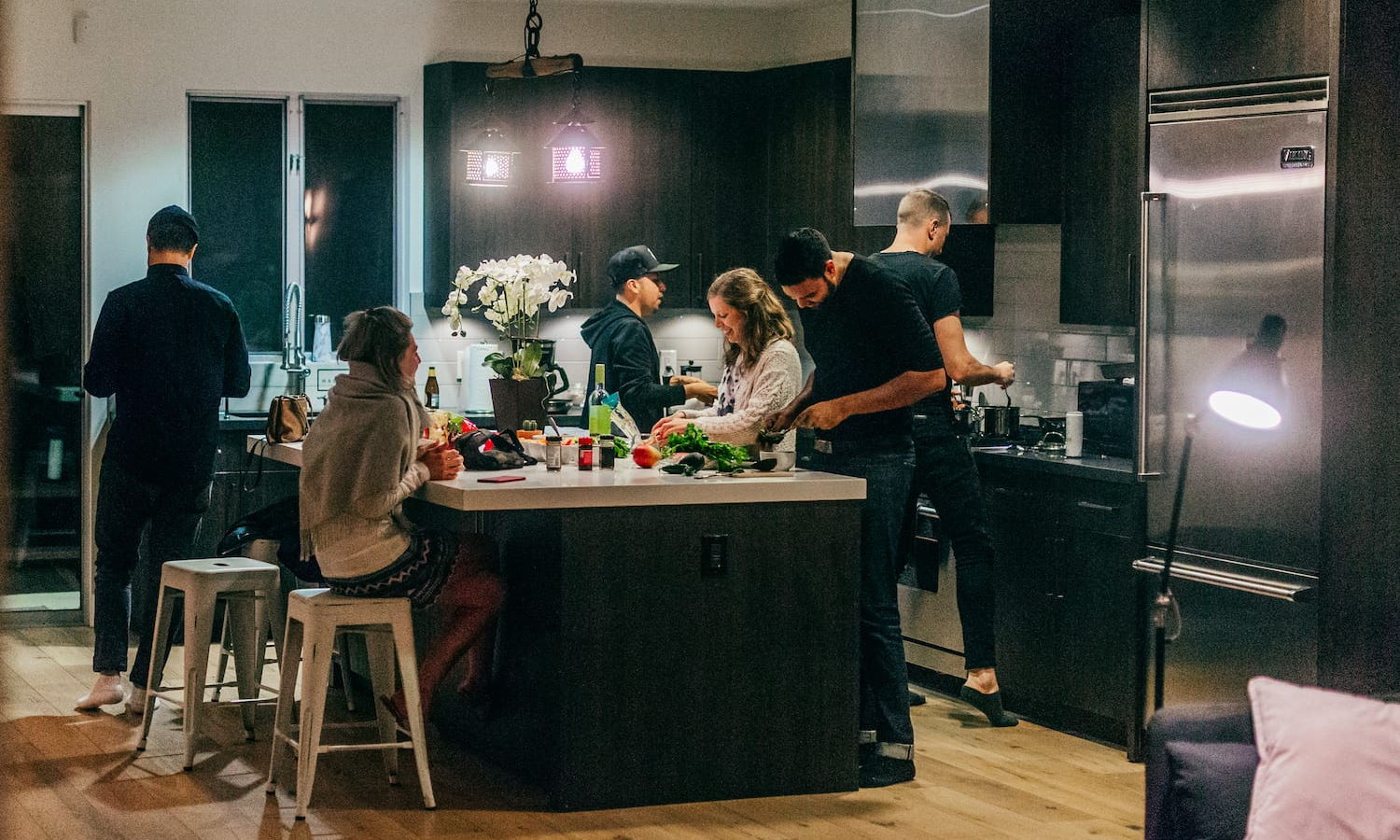Co-living is a rapidly growing trend in urban areas of the UK and around the world and with good reason. Many find co-living a perfect middle ground between owning your own place and living with mum and dad. But what actually is co-living and why has it become so popular?
What is Co-Living?
For those working and living in an urban area or big city, rent can often take up a huge chunk of your income, leaving very little left to enjoy the city around you. With co-living this doesn’t need to be the case. Co-living is a modern form of communal living, which involves renting a private room and en-suit while benefiting from a communal kitchen and living area plus utilities. Rent is significantly lower than renting a private apartment and often utilities are included in the rent. Co-living in the UK and even globally, can be a perfect option for those moving to a new city, as the communal spaces make for a pre-built community, making city loneliness a thing of the past.
Co-living has become a popular option with young entrepreneurs, keen to experience city life and share ideas, inspirations and spaces. Certain co-living spaces are specifically designed with entrepreneurs in mind, giving a communal working space to encourage collaboration and idea sharing.

How Does Co-Living Work?
Although co-living spaces can come in all shapes and sizes, generally a co-living space will be a family style house converted to accommodate co-living. Each bedroom will be converted to accommodate a single tenant or couple, with a private bedroom and bathroom. The communal living spaces will be adapted to fit as many tenants as the landlord desires, make sure there is enough room for everybody to wash their clothes or refrigerate their food.
Tenants will rent a room from the landlord, and rent will often also include bills, utilities and council tax, making it a much more affordable option than living alone.
More from Guides
- Startups in 2025: Why Digital-Readiness Matters from Day One
- How to Use AI to Automate Your Startup’s HR
- How to Use AI to Help You Write a Business Plan
- Internet Sharing and Network Privacy: Should You Use a Proxy Server?
- 10 Tips to Go Viral in the Pet Industry
- Top Alternatives To Shopify
- Crypto Clash: Gate.io Vs. OKX
- 10 Things UK SMEs Should Know About Managed IT Support
What Are The Advantages of Co-Living?
One of the big advantages of co-living is the affordability aspect. Living and working in a big city can be expensive and spending the majority of your wage on rent is less than ideal. Another upside to co-living is the pre-built community you can benefit from. Moving to a new city can be very daunting and the idea of having company and a potential group of friends can be very appealing.
Co-living spaces come furnished which means another expense you can forget about. This makes them perfect for those moving out for the first time or moving to a new city and leaving everything behind. This makes the move in process cheap and relatively stress-free. You will have your own private space. Unlike a traditional house share, co-living has the advantage of clearly defined private space. Your room is your own and having a private bathroom means you will never be late to work because you were queuing outside the bathroom.

What are the Potential Pitfalls of Co-Living?
Co-living may sound like an ideal solution to housing in an urban area, but there are some potential downsides. Firstly, you will not necessarily get a say in who you live with, which might be totally fine, or not. We don’t get on with everyone we meet and being tied in to a 6 month or even year long tenancy sharing with someone you just can’t get along with could be a nightmare. There is also potential for sharing to become stressful if you have less than thoughtful housemates. Coming home to dishes in the sink might not be a big deal for some, but for others it is enough to make them scream.



